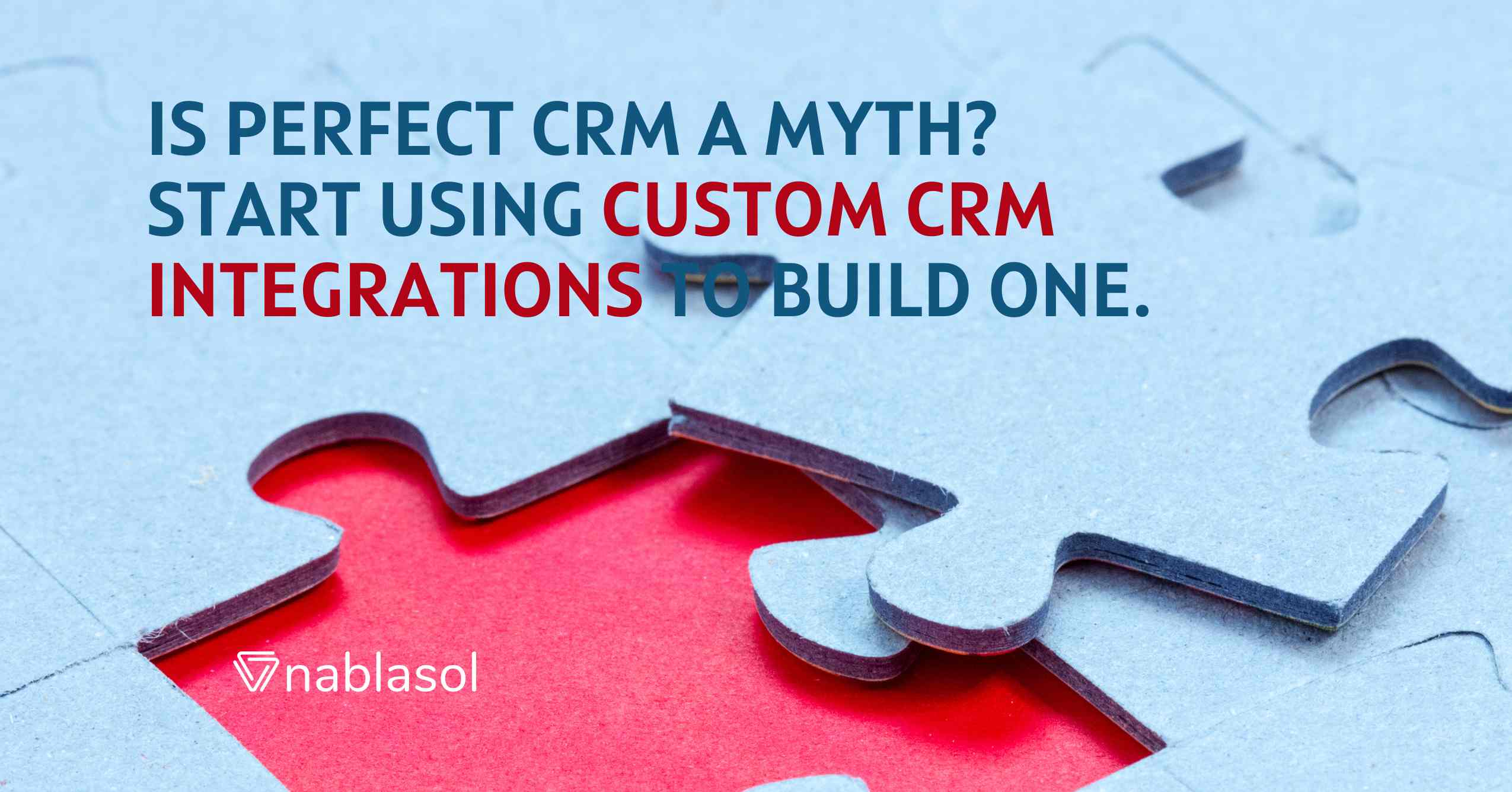Last time we explore the challenges faced by organizations during CRM Migration. You can read that here. In this blog, we are going to explore CRM Migration Best Practices to help ensure that your transition is as smooth as possible. Customer Relationship Management (CRM) migration can be a daunting task for any organization. However, with proper planning and execution, CRM migration best practices can ensure a smooth transition to the new CRM system. Let’s head right into it.
Top 5 CRM Migration Best Practices
Data Cleaning & Preparation
One of the crucial CRM migration best practices is cleaning and preparing the data. To ensure that the data in the current CRM system is accurate and up-to-date before migrating it to the new system, you must identify duplicate records, incomplete data, and outdated information. Cleaning up the data, updating missing information, and removing duplicates is an essential steps.
Mapping Data Journey
Mapping the data journey from the current CRM system to the new one is another essential CRM migration best practice. This step involves identifying the data that needs to be migrated, such as contacts, leads, opportunities, and other critical information. It’s also important to decide how the data will be transferred, either through manual entry or automated data migration tools.
Running Tests Before Migration
Before migrating the data, running tests to ensure that everything is working as expected is a must-have CRM migration best practice. This step involves testing the new CRM system with a small sample of data to ensure that the data is transferred correctly and that there are no errors or issues. Involving end-users in the testing process is essential to ensure that the system meets their needs and requirements.
Create Regular Data Backups
Creating regular backups of the data during the migration process is another vital CRM migration best practice to avoid data loss. This step involves backing up the data from both the current and new CRM systems regularly. In case of any issues or errors during the migration process, the backups can be used to restore the data to its previous state.
Verify Data Post Migration
Verifying the data post-migration is an essential CRM migration best practice to ensure that everything has been migrated correctly. This step involves reviewing the data to ensure that all records, fields, and information have been transferred accurately. Involving end-users in this process is also important to ensure that the system meets their needs and requirements.
In conclusion, following these CRM migration best practices can ensure a smooth transition to the new CRM system. With these best practices, you can minimize the risk of data loss, errors, and downtime during the migration process.



